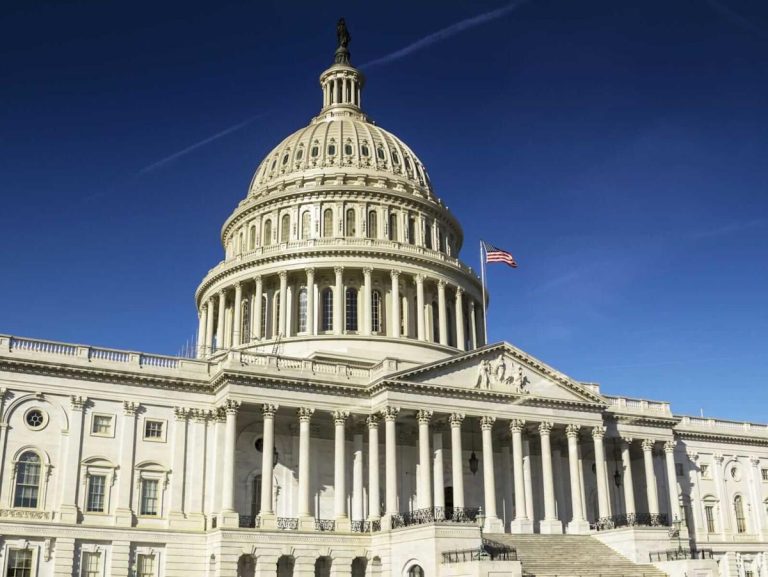Active ETFs that raise more than $100 million in their first year grow to exceed $1 billion, on average, by year three, while funds raising less struggle to reach $200 million, according to a new report from Broadridge Financial Solutions, Inc. (BR).
The findings highlight the importance of early momentum in the quickly growing active ETF market. According to Broadridge data, the market has expanded from $81 billion in 2019 to $631 billion in 2024, yet still comprises only 6% of total active assets under management.
The research shows that success in active ETFs hinges on first-year asset accumulation, with only 11% of funds reaching the $100 million threshold that correlates with long-term growth, according to the analysis of 814 active ETFs with at least three-year track records.
The concentration challenge makes success difficult for new entrants. The top three managers control 48% of active ETF assets, while the top 10 control 77%, according to Broadridge data. “What these market leaders have in common is that they hit the ground running,” according to the report.
Despite the concentration, levels have declined from 90% in 2019 to 77% in 2024 among the top 10 managers, according to Broadridge data. Active mutual fund concentration remains steady at 56% during the same period, the report noted.
The research identifies three strategic approaches for managers seeking to achieve “escape velocity,” according to the report. Distribution through registered investment advisor channels proves most accessible for new funds, with RIAs holding 61% of active ETF assets.
Broker-dealer and wirehouse channels present higher barriers due to compliance restrictions, according to the report. Most platforms require existing scale before consideration, making RIA channels the primary entry point, the analysis found.
Successful managers leverage one of three competitive advantages: specialized investment styles, proprietary distribution channels or strong brand identity, according to the report. JPMorgan Asset Management stands alone in hitting all three categories, accounting for 9% of active ETF assets, the research shows.
The focused targeting of high-potential advisors who already use active ETFs improves conversion rates and gross sales, according to Broadridge analysis. High-scoring advisors generated gross sales three times higher than lower-scoring advisors when controlling for engagement numbers, the data revealed.
Active ETF adoption varies across distribution channels, with RIA platforms showing 6.8% active ETF penetration compared to 2.9% for wirehouses and 2.5% for broker-dealers, according to the report. However, inflow percentages exceed asset percentages across all channels, suggesting active ETFs are gaining market share, the analysis found.







